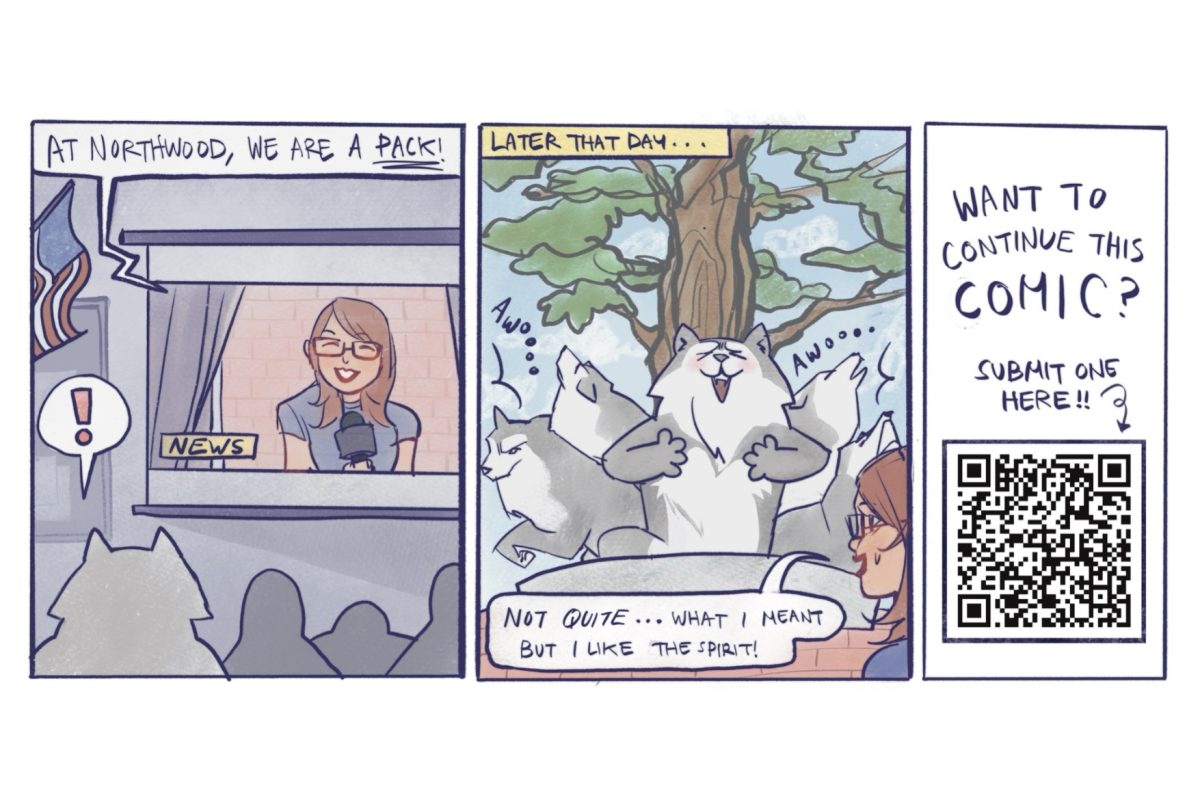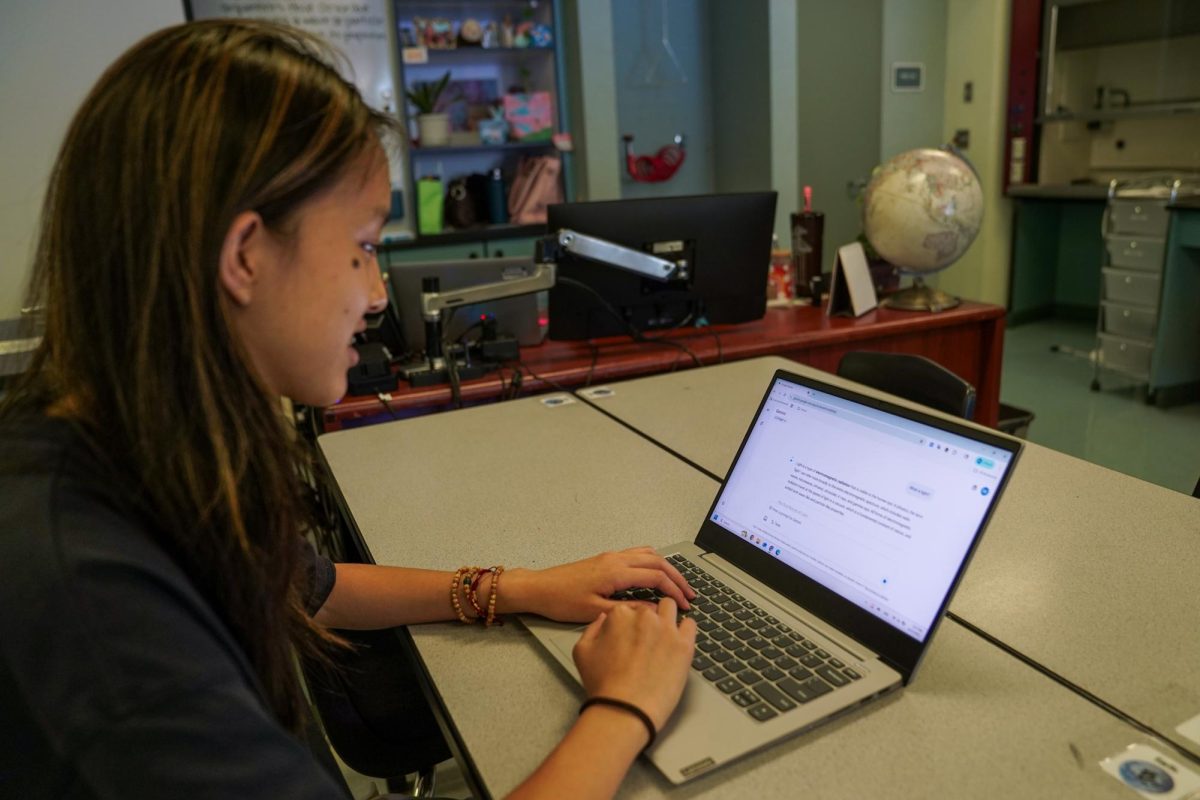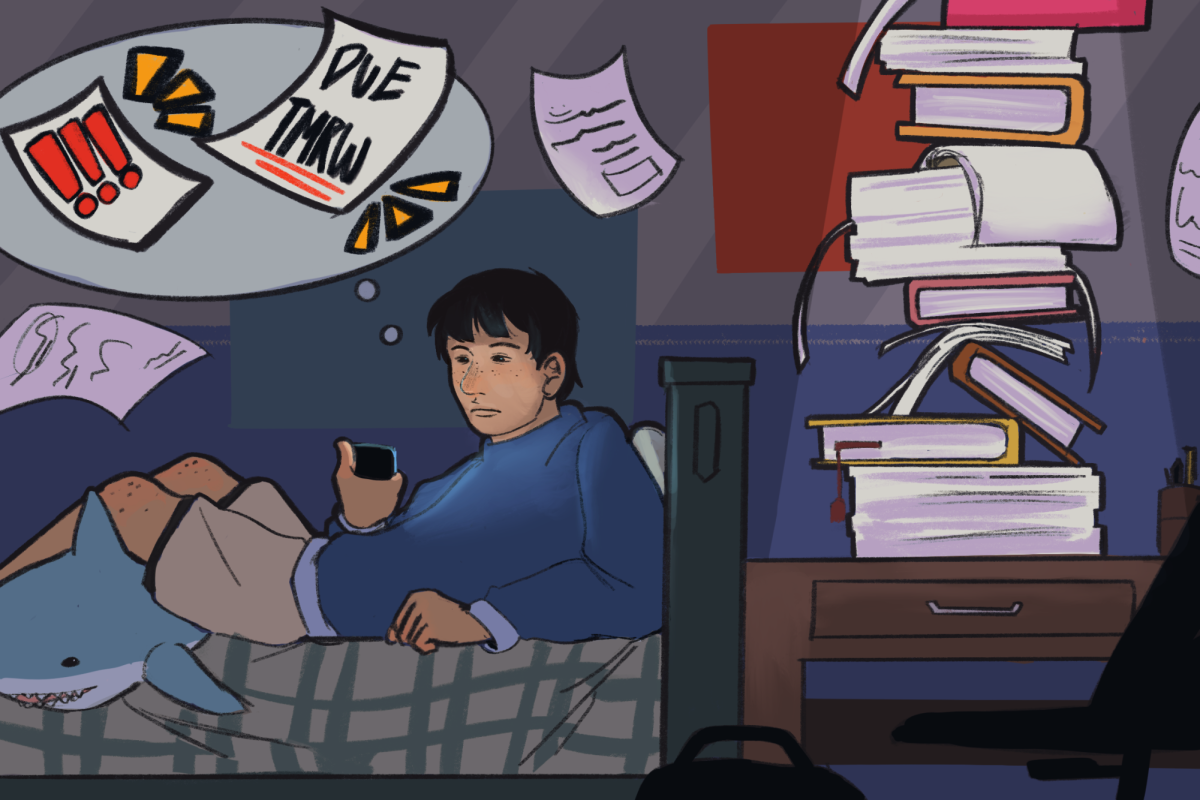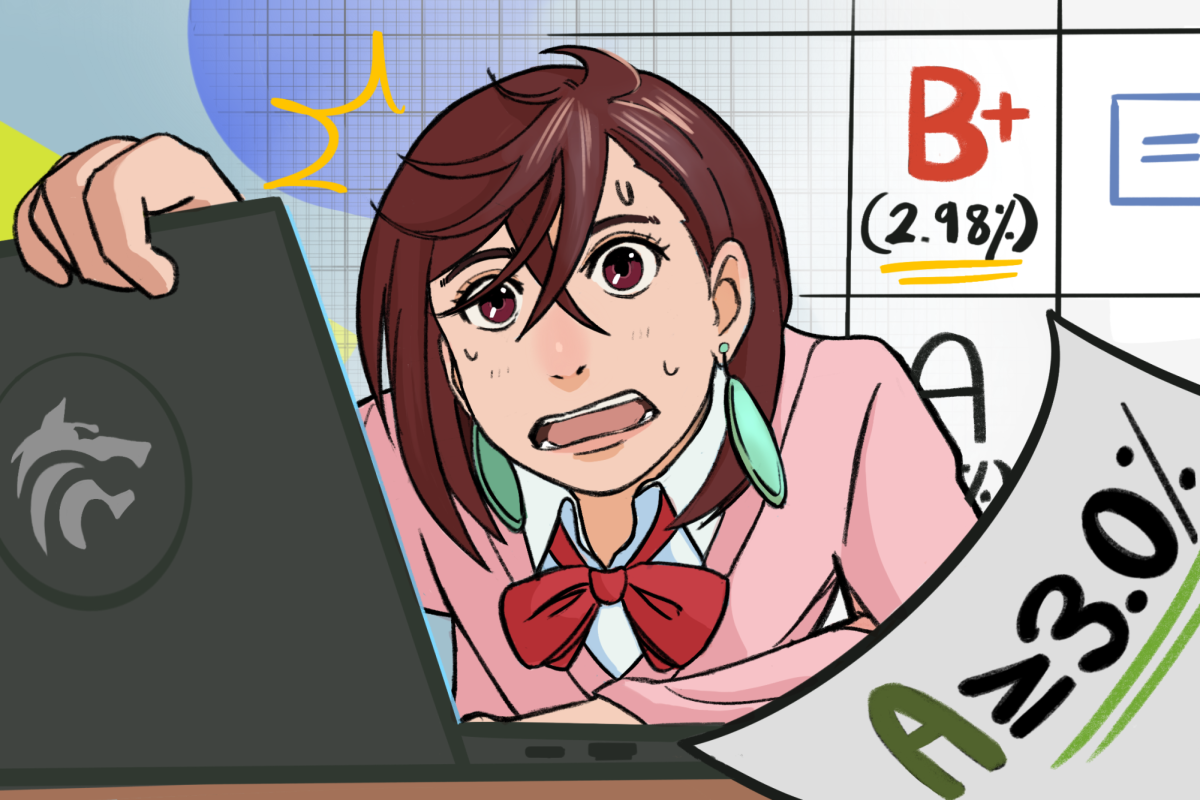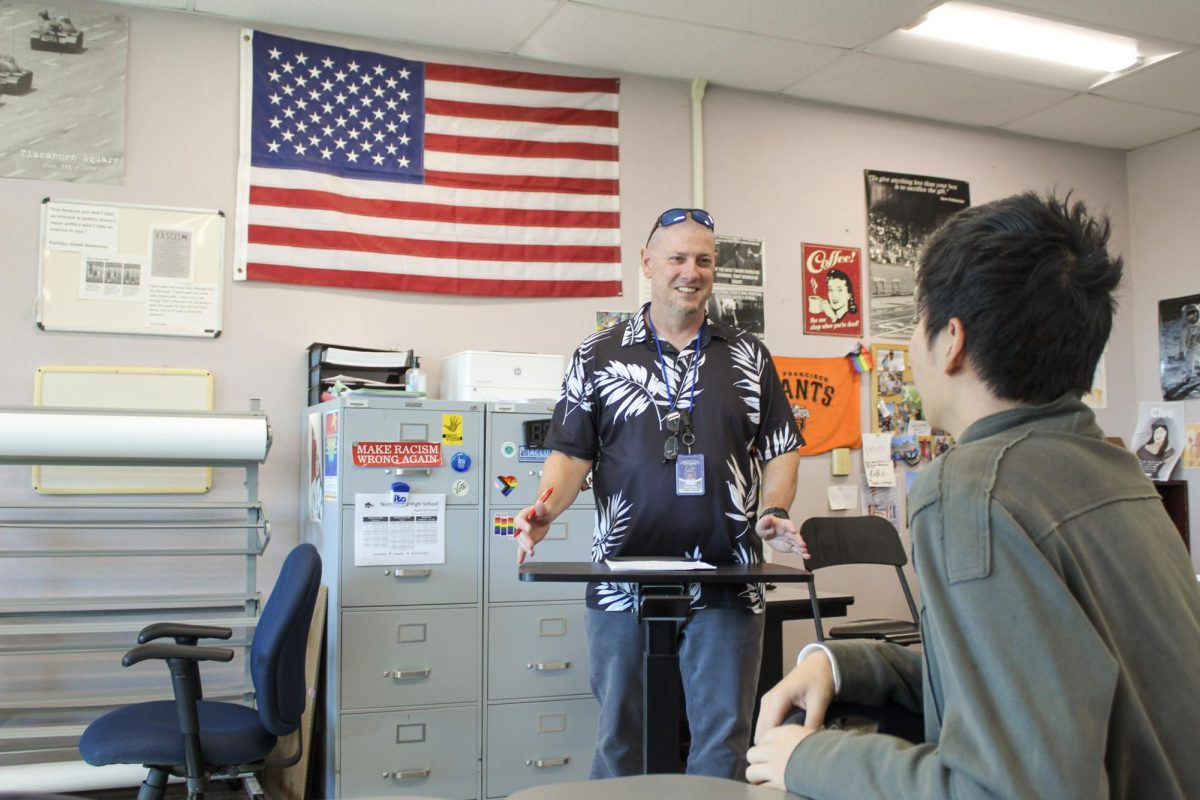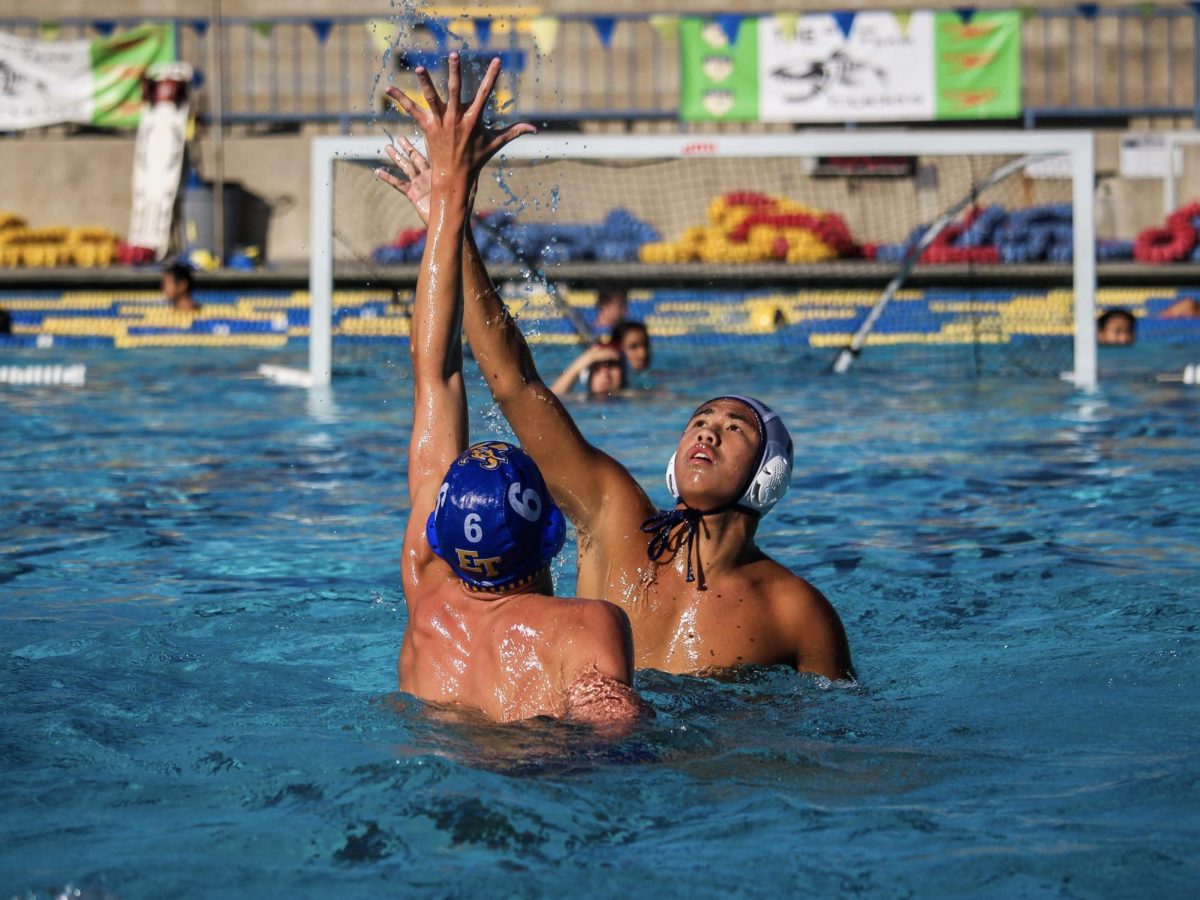The “Name, Image and Likeness” policy of the NCAA has transformed college sports. Student-athletes can now monetize their personal brands through apparel, trading cards and even video game endorsement deals. It’s not just a policy: it’s a revolution in the playbook of college athletics, providing collegiate athletes the opportunity to profit off of their name.
“NIL is a good program for student-athletes to earn some more money, especially with tuition fees and student debt that they incur,” sophomore golfer Anson Chen said. “It’s also good that each state varies in regards to NIL legislation because what works for one state university might not work for another.”
For years, debates about compensating student-athletes have circulated. The NCAA has argued that NIL gives the largest and richest programs an advantage in recruiting and would transform college sports into a “pay for play” scenario. Until recently, student-athletes were prohibited from capitalizing on their own name, a privilege enjoyed by professional athletes.
In 2019, the first NIL law was introduced in California and has since expanded nationwide, generating $917 million in its inaugural year. With only a few broad guidelines from the NCAA, NIL operates under a patchwork of state laws.
Since 2021, 28 states have implemented their own NIL laws. In California, one such law is the “Fair Pay to Play Act” which prohibits the NCAA from punishing student-athletes who profit off their NIL.
The NCAA introduced a temporary policy in June 2021 outlining three key rules overarching guidelines for NIL participating schools.
Athletes can participate in NIL activities like autograph signings and sports clinics, but they need to follow the laws of the state where their school is located. Even if a state doesn’t have specific NIL laws, athletes there can still take part in NIL activities without breaking NCAA rules. Athletes are also free to get help from professional service providers for their NIL activities.


